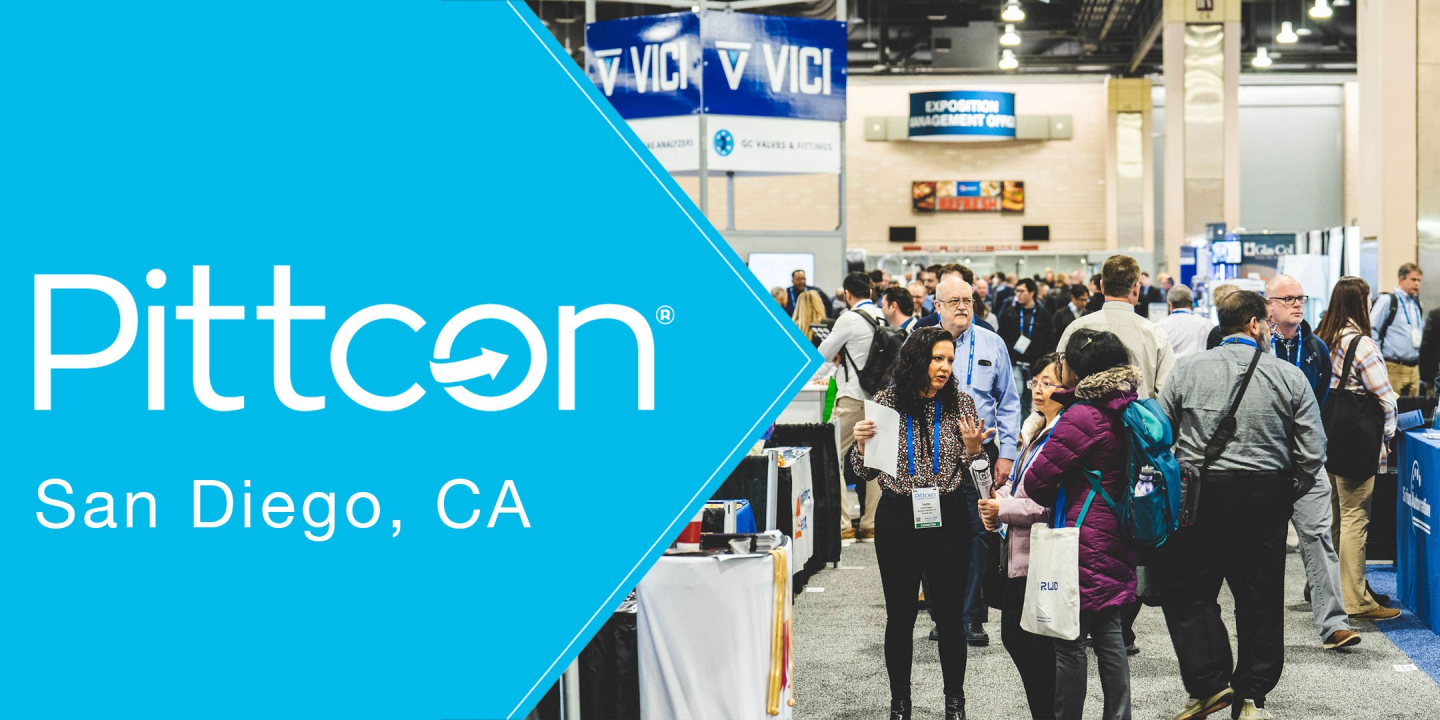Quiz #44 – Amino Acids Noisy Baseline
In this amino acids chromatogram per European Pharmacopeia (method abstract here), you will see a noisy baseline with repetitive sinusoidal noise pattern (green and blue). What is contributing to this baseline noise?

Submit your answers to rsmith@pickeringlabs.com by March 15, 2024.
Announcing the winners of our previous quiz, Chromatography Quiz #43 – Polyether Antibiotics
Pickering Laboratories would like to congratulate the winners for our previous newsletter’s Chromatography Quiz #42: Josiah Hakala from Minnesota Department of Health, Narjes Ghafoori from Los Angeles County Public Health Laboratory, and Thomas Schneider from SCWA.
 In celebration of our polyether antibiotics method and decades-long relationship supporting the animal feed industry, our quiz winners will each soon be receiving: a beautiful custom cutting board, designed and made by family-owned Trujillo Ranch and sold via Etsy!
In celebration of our polyether antibiotics method and decades-long relationship supporting the animal feed industry, our quiz winners will each soon be receiving: a beautiful custom cutting board, designed and made by family-owned Trujillo Ranch and sold via Etsy!
This personalized cherry wood cutting board with a highland cow is 11 x 17 and approximately an inch thick.
Congratulations to our quiz winners! Thank you all for your submissions!
Chromatography Quiz #43 Solution:
Polyether Antibiotics are commonly used for preventing coccidiosis and other infections in poultry and for improving feed efficiency for beef cattle and swine. The use of Polyether Antibiotics is strictly regulated, with only specific ionophores approved for use in feeds intended for different animals.
Analysis of Polyether Antibiotics by HPLC with post-column derivatization and UV/Vis detection has been proven to successfully identify and quantify Monensin, Narasin and Salinomycin in medicated feeds, supplements and premixes as well as to determine trace contamination levels in non-medicated feeds.
Post-column derivatization of Polyether Antibiotics is done using highly acidic Vanillin or DMAB reagents. The Onyx PCX derivatization system (Pickering Laboratories, Inc.) has an inert flow path and automated system wash capabilities that make it uniquely suitable for handling corrosive reagents. The two-pump system is recommended to extend reagent stability, but the single-pump system for this application is also available.
Adding a Fluorescence detector to the instrumentation allows for using the same extraction procedure and HPLC conditions to also determine Lasalocid, which doesn’t require post-column derivatization.
The method details can be found on our website here.
Question: What could be contributing to the loss of signal?
Correct answer:
In this case, the loss of signal was due to incorrect plumbing of the post-column system. Our Polyether Antibiotics systems are plumbed so that Reagents 1 and 2 will premix before reacting with the analytes of interest in the heated reaction coil. Both reagents and heat are required to have a sufficient post-column reaction. You can mix reagents 1 and 2 ahead of time and only use one reagent pump to deliver, however, the reagent is unstable. We can extend the stability of the reagent by mixing them “on the fly” in this manner.
Our incorrect plumbing had Reagent 1 mixing with the analytes of interest in the heated reaction coil before it had a chance to mix with Reagent 2, which contains our Vanillin reagent.
The typical flow diagram for the Polyether Antibiotics post-column system is shown here:

Good Chromatogram:

Bad Chromatogram:


 Pittcon 2024 kicks off another year of our conference circuit, and brings with it another opportunity to meet with our customers, partners and international dealers in person!
Pittcon 2024 kicks off another year of our conference circuit, and brings with it another opportunity to meet with our customers, partners and international dealers in person! I bet you thought that we were done with new employees, but you were mistaken! Pickering Laboratories is happy to introduce ANOTHER new member to our team: Kimberly Genet!
I bet you thought that we were done with new employees, but you were mistaken! Pickering Laboratories is happy to introduce ANOTHER new member to our team: Kimberly Genet!
 The Onyx PCX post-column derivatization instrument is designed for highly customizable Amino Acid Analysis, using our expertise in post-column technology to bring high performance when used alongside any manufacturer’s HPLC. Pickering Laboratories provides a complete application solution, guaranteeing the chromatogram of any customer using our instrumentation and consumables, regardless of sample matrix. We at Pickering Laboratories recommend the Onyx post-column system with one of our available Amino Acid Application Kits for any new user starting a new analysis in their laboratory.
The Onyx PCX post-column derivatization instrument is designed for highly customizable Amino Acid Analysis, using our expertise in post-column technology to bring high performance when used alongside any manufacturer’s HPLC. Pickering Laboratories provides a complete application solution, guaranteeing the chromatogram of any customer using our instrumentation and consumables, regardless of sample matrix. We at Pickering Laboratories recommend the Onyx post-column system with one of our available Amino Acid Application Kits for any new user starting a new analysis in their laboratory. 

